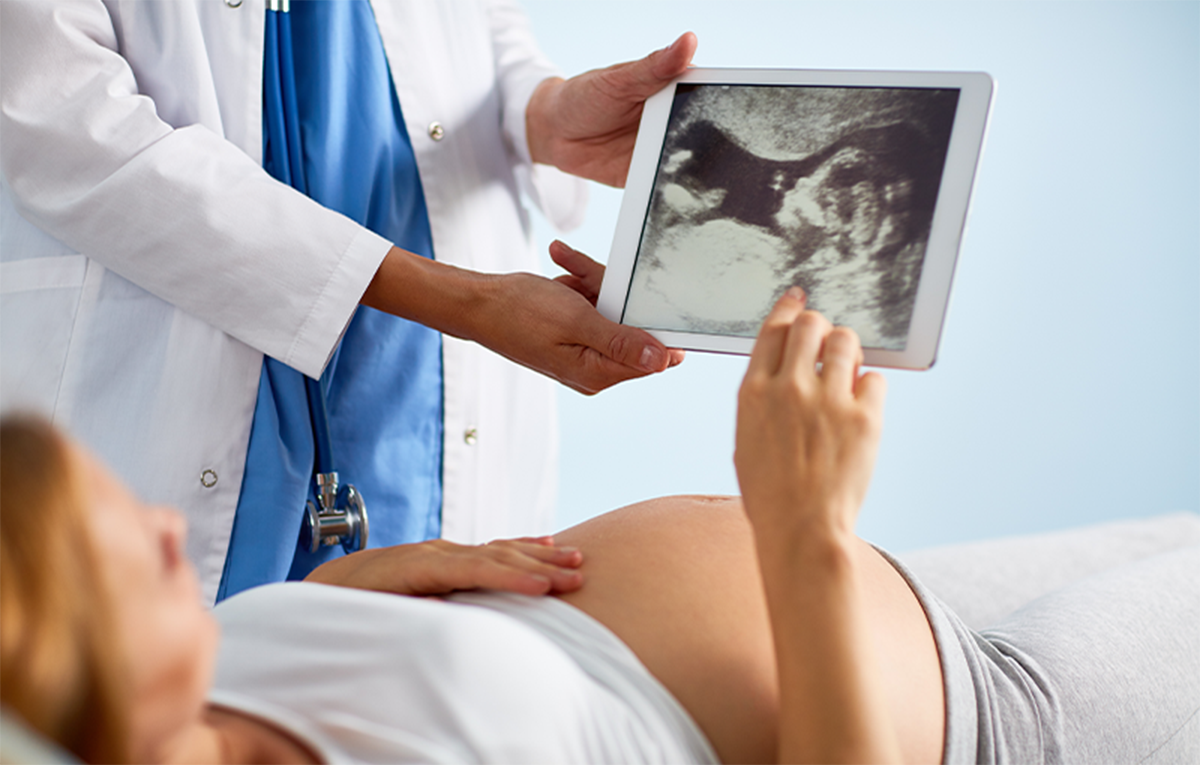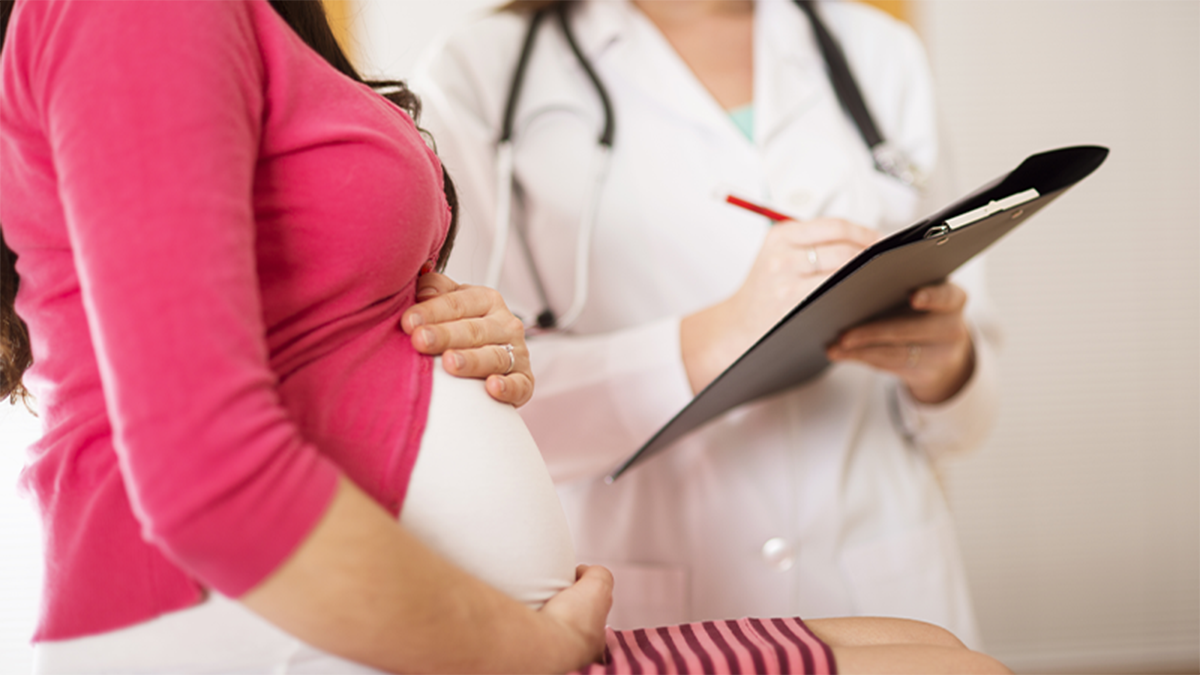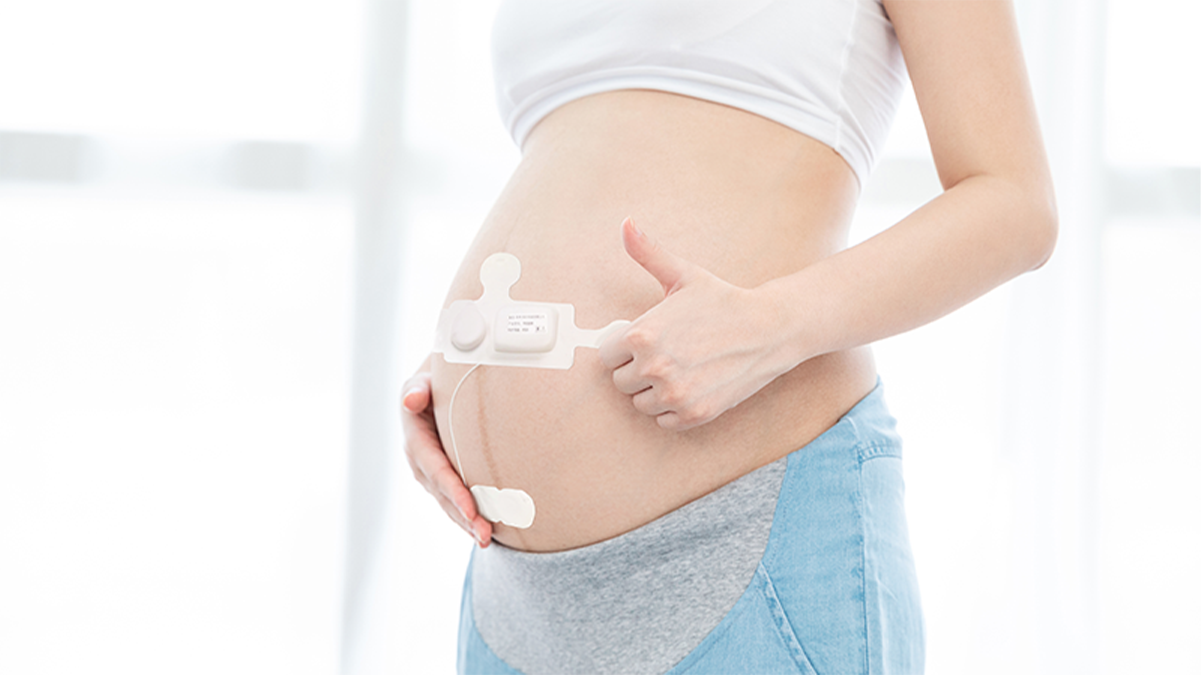Technology allows you to be one step ahead of others - Build quality maternity service solutions for hospitals at all levels

Prenatal fetal cardiac monitoring is the most important method of fetal monitoring for perinatal management during late pregnancy and is one of the most important methods for assessing the intrauterine safety of the fetus. Electronic fetal heart monitoring (EFM), based on Doppler ultrasound, is currently the most widely used intrauterine fetal monitoring technology in obstetrics.
Traditional fetal heart monitoring requires pregnant women to go to the hospital regularly for monitoring, when using ultrasound Doppler instrument to monitor the fetal heart, it is necessary to apply the coupling agent on the mother's abdomen and keep moving the probe until the best monitoring site is found, the operation is relatively complicated and requires a high level of medical skills, especially in some areas where there is a relative shortage of medical resources, the maternal waiting time for fetal monitoring is long, the consultation experience is poor, affecting the satisfaction of medical services. In addition, traditional fetal heart monitoring requires multiple probes to be strapped to the maternal body, and there are too many tangled cables to leave the bed, which is very inconvenient.

According to the regulatory requirements, the repeated use of instruments and supplies in contact with the skin must meet the disinfection requirements, otherwise penalties will be imposed in accordance with the regulations, increasing the workload of health care personnel to a certain extent. THOTH wearable fetal ECG monitoring product adopts the exclusive disposable disposable sensor, which is clean and hygienic, prevents cross-infection, no cleaning, drying, disinfection, charging, etc., reducing the workload of medical personnel; it also avoids the problem of aging cables caused by the repeated use of traditional medical equipment for a long time. Disposable disposable sensor breaks the limitation of hospital equipment, one step ahead of others with technology, pregnant women do not need to queue for a long time after arriving at the hospital, that is, come and do, that is, tear and throw, no need to use coupling agent, no need to position the back of the fetus, more convenient operation, no cable restrictions on maternity without the use of fixed body position, more comfortable experience of maternity examination.
